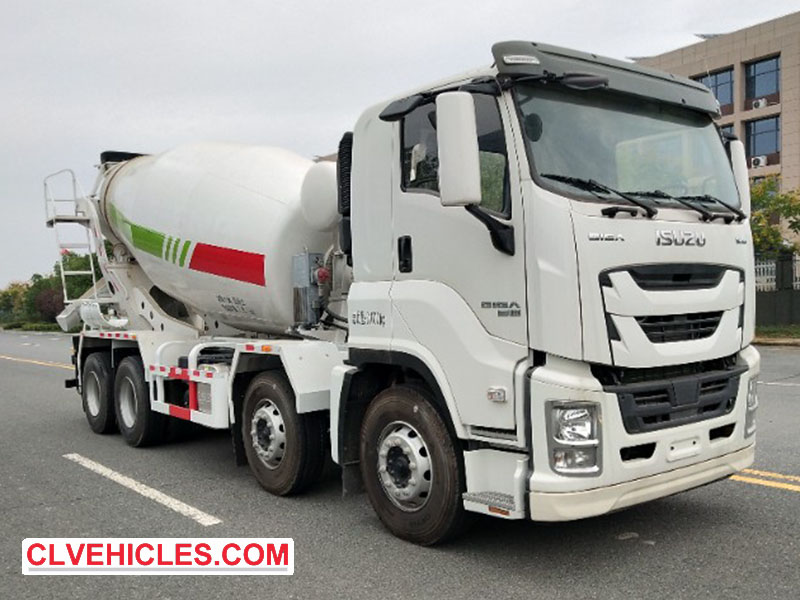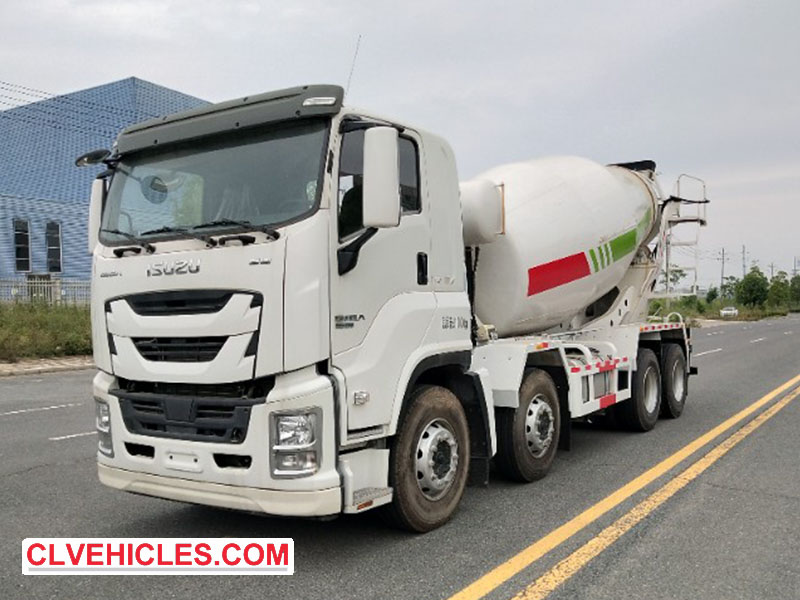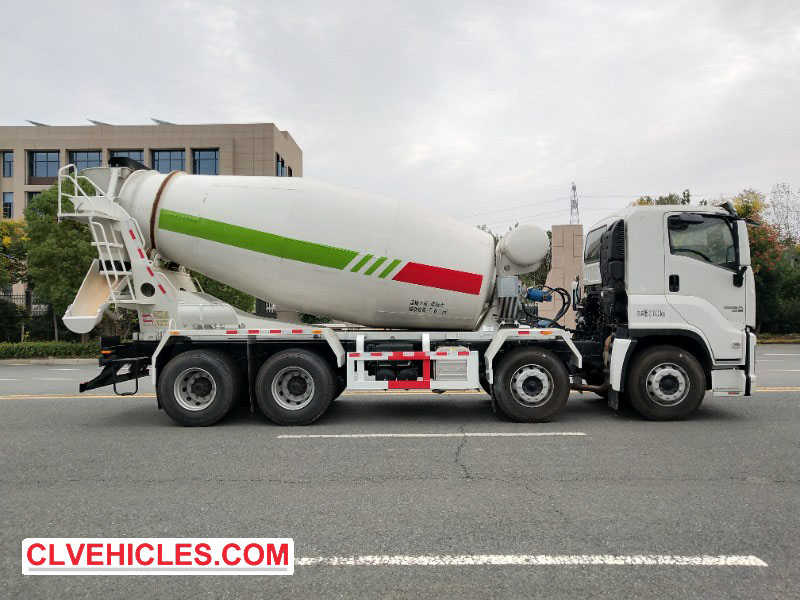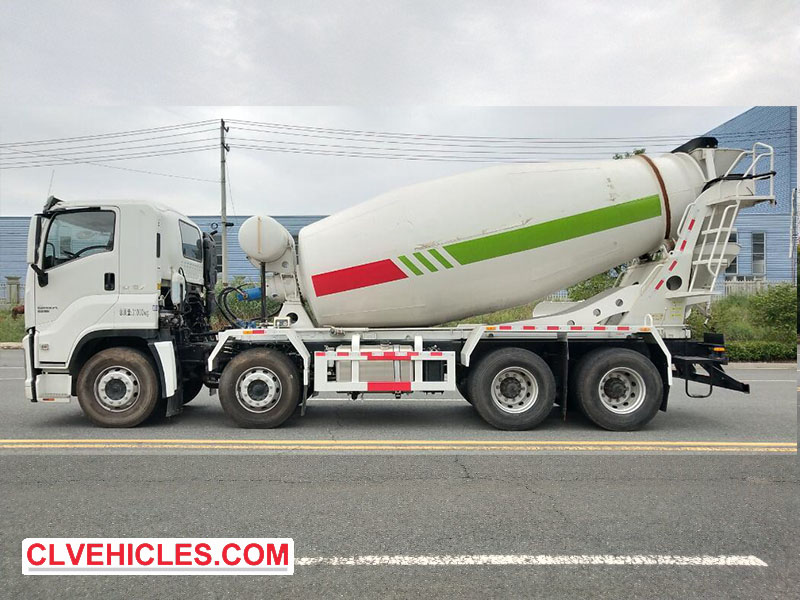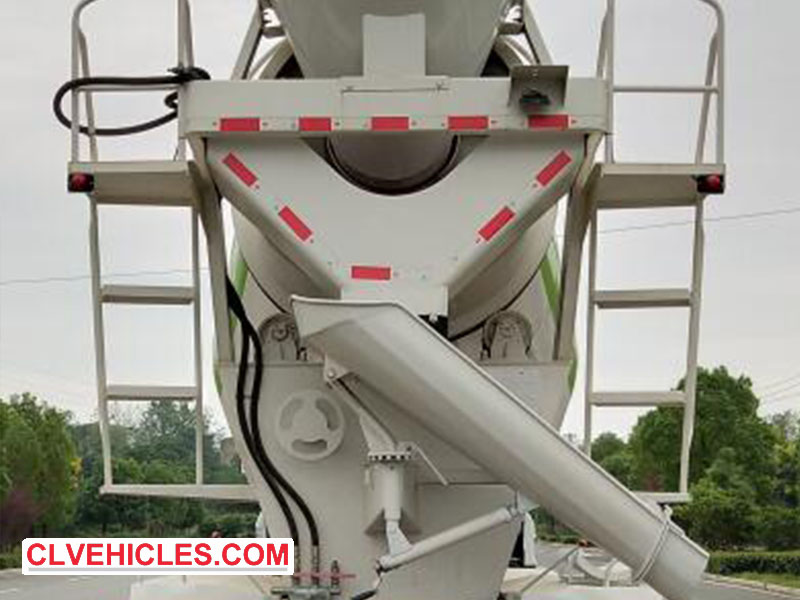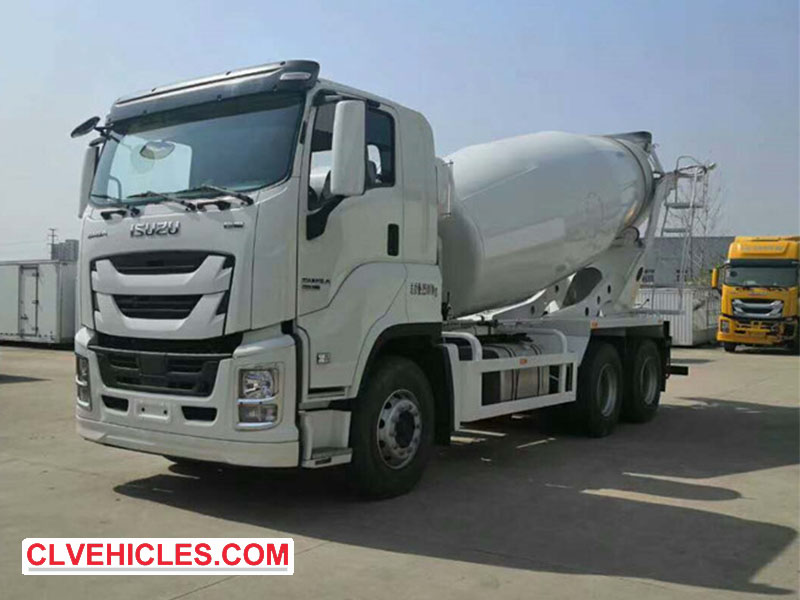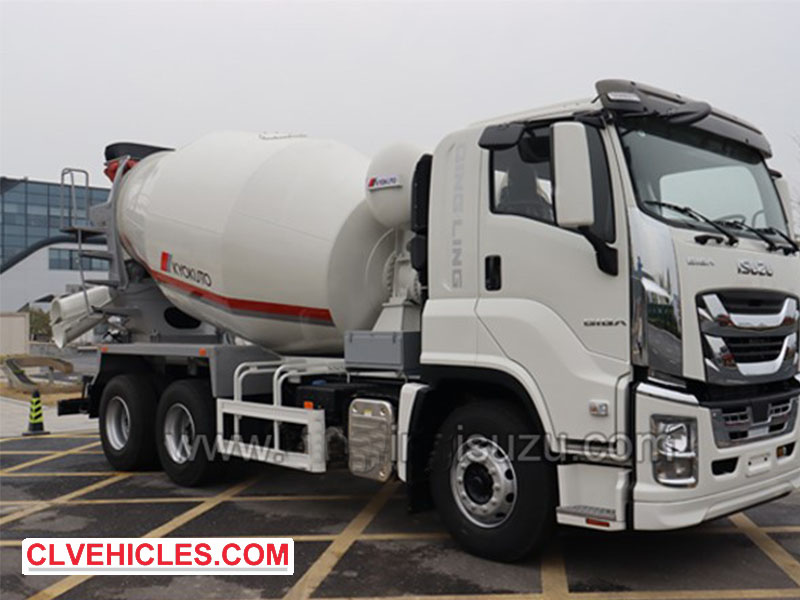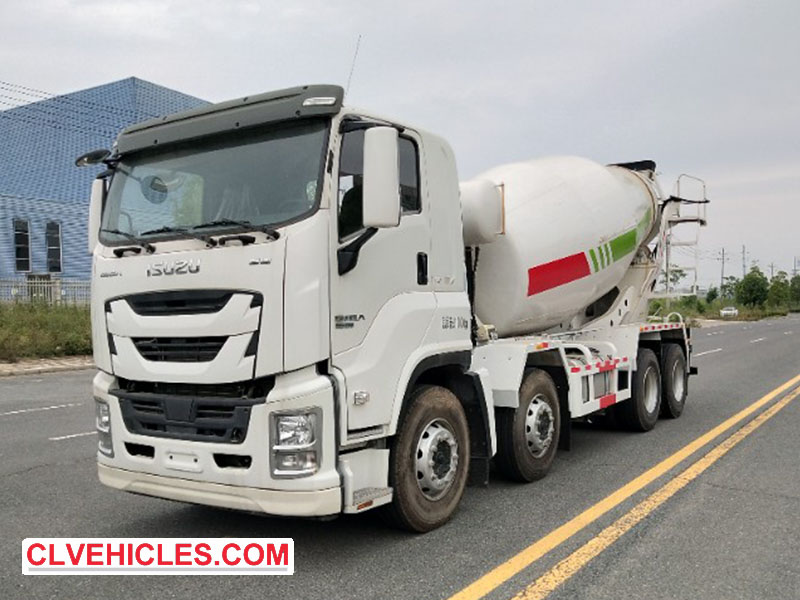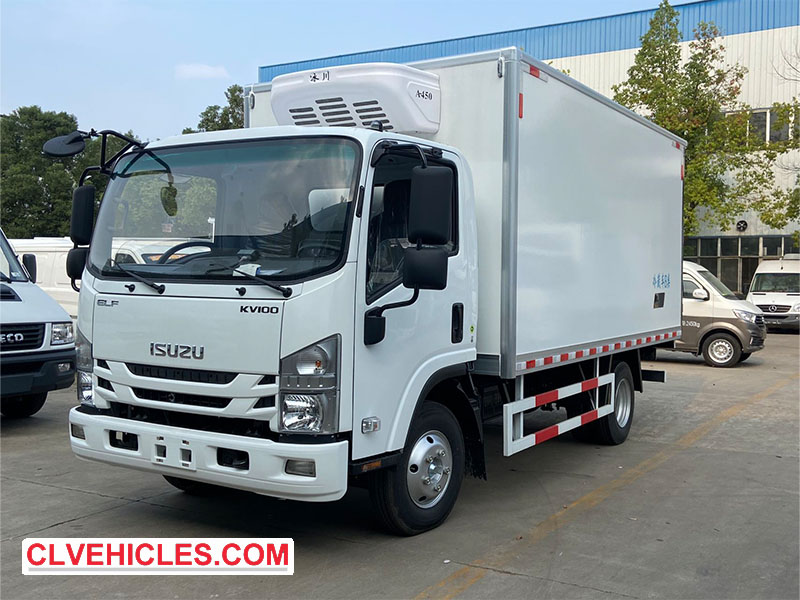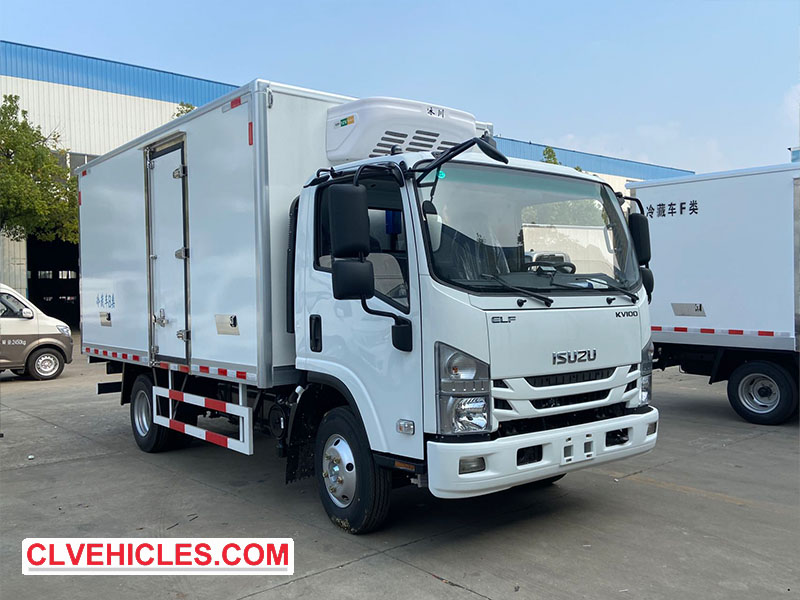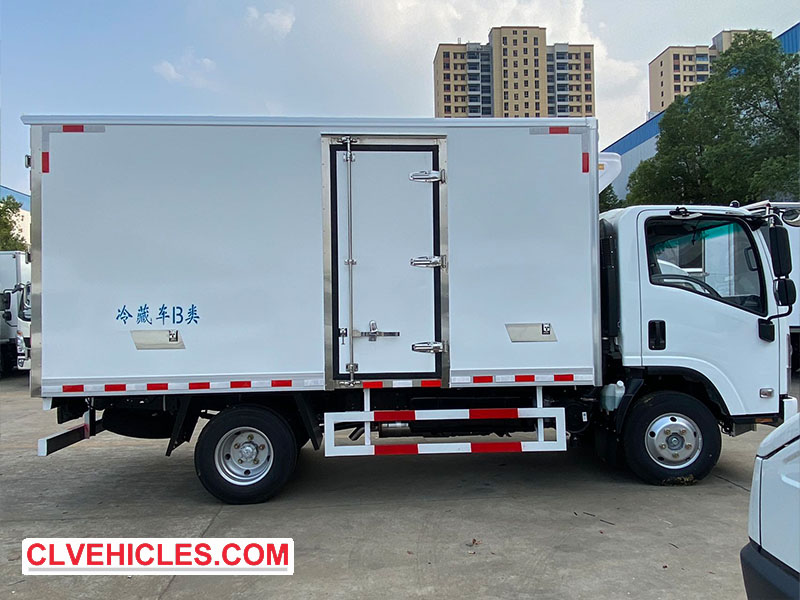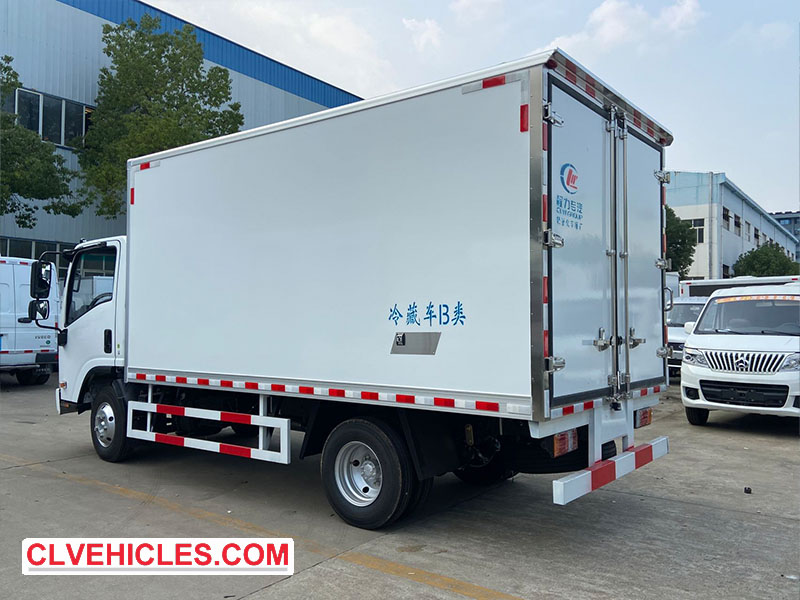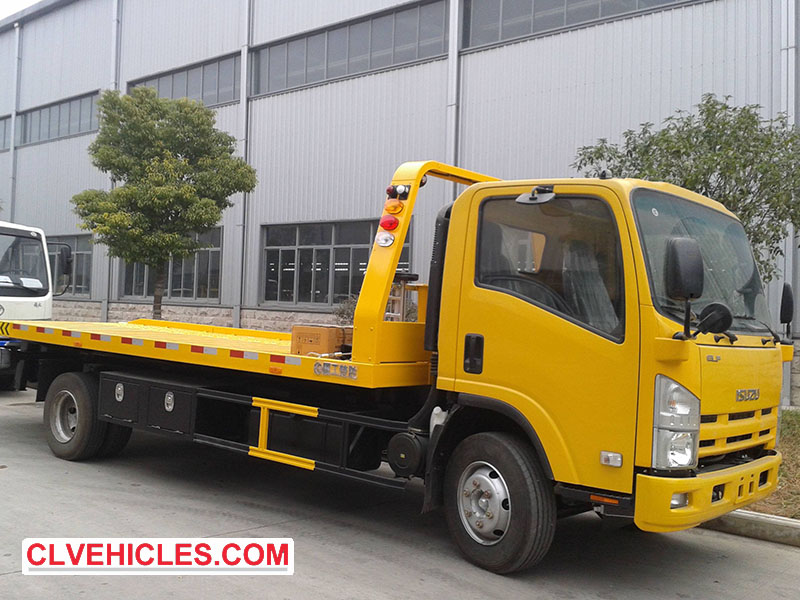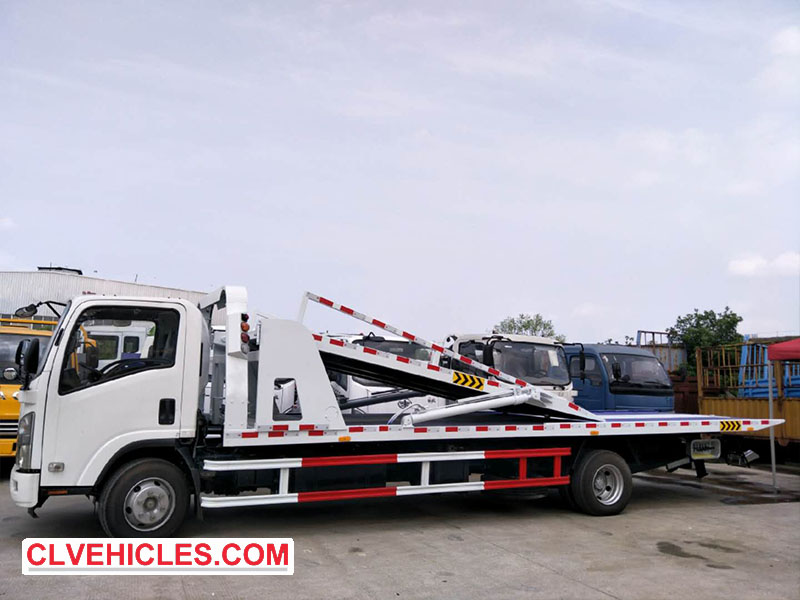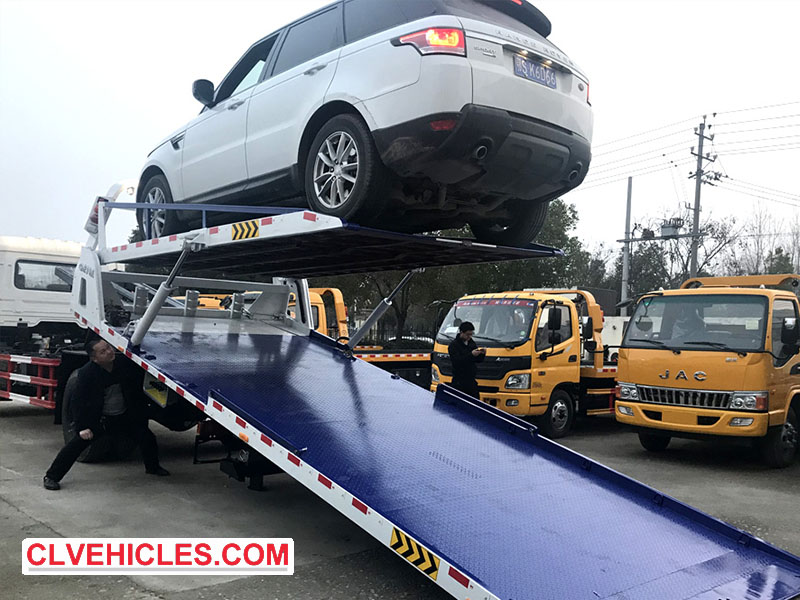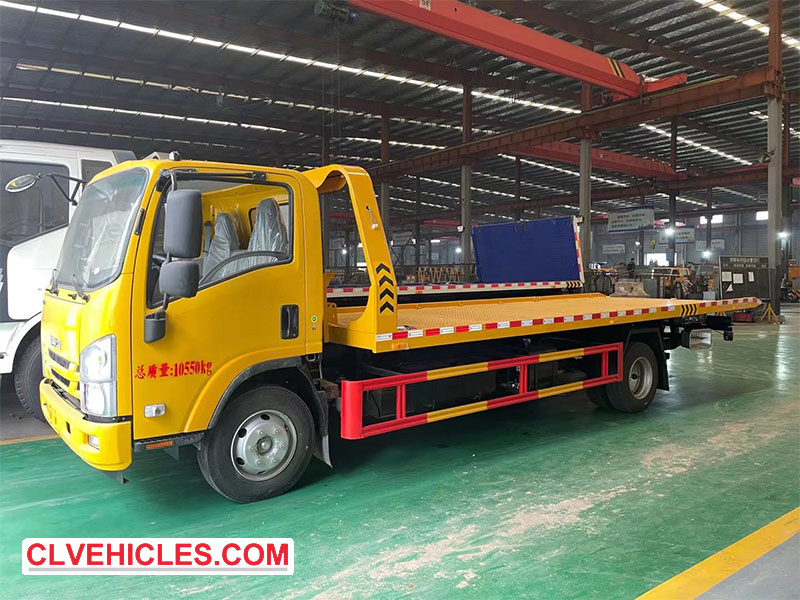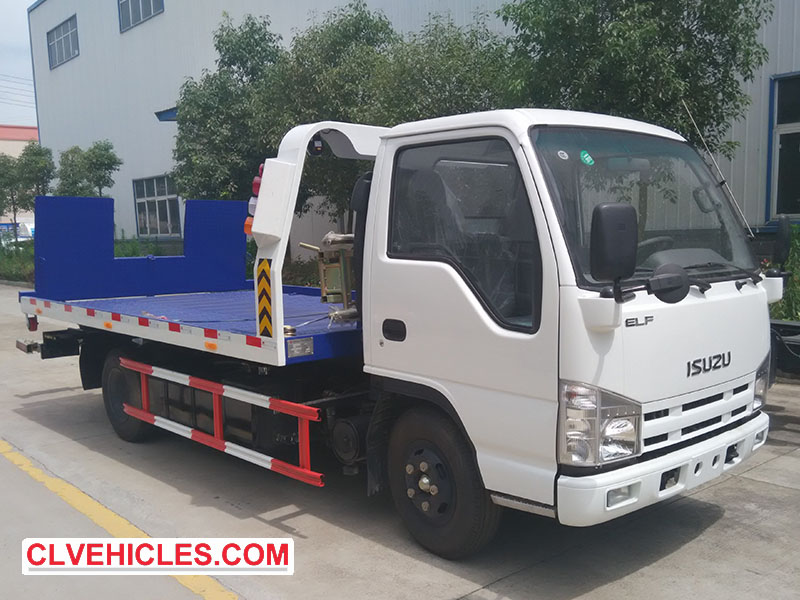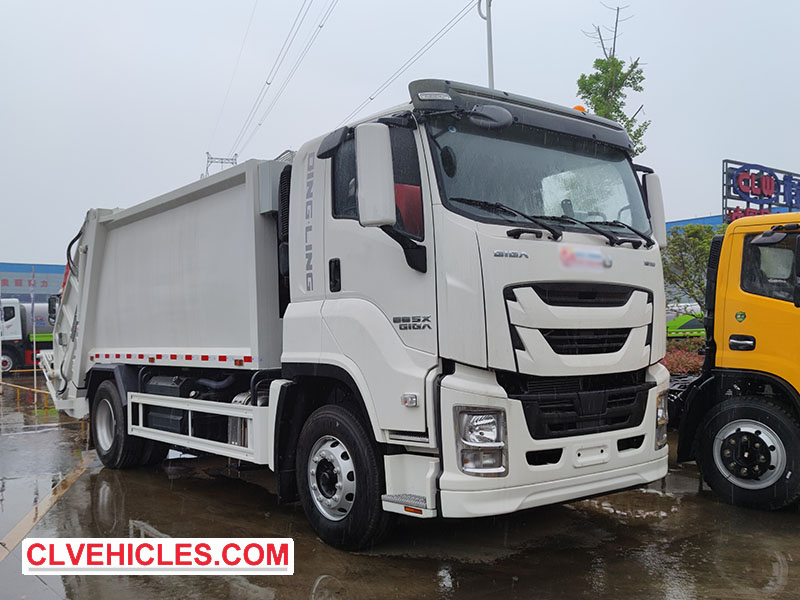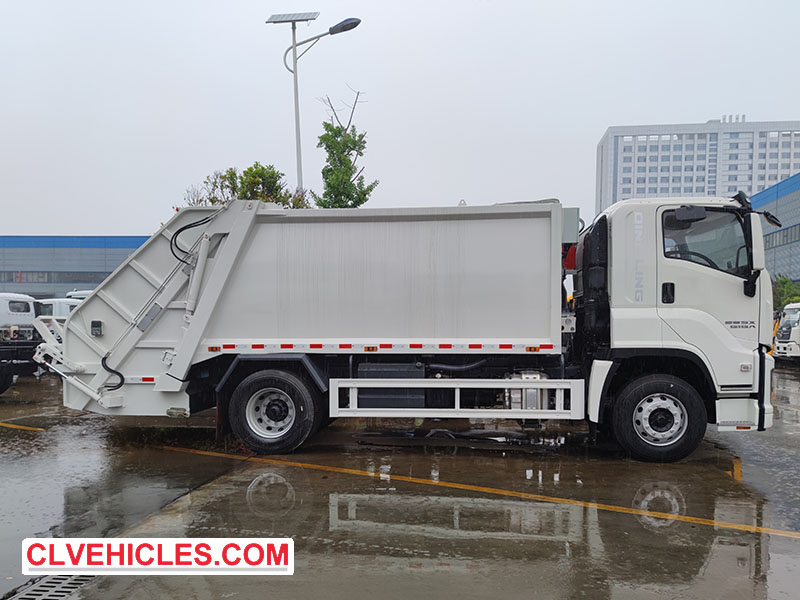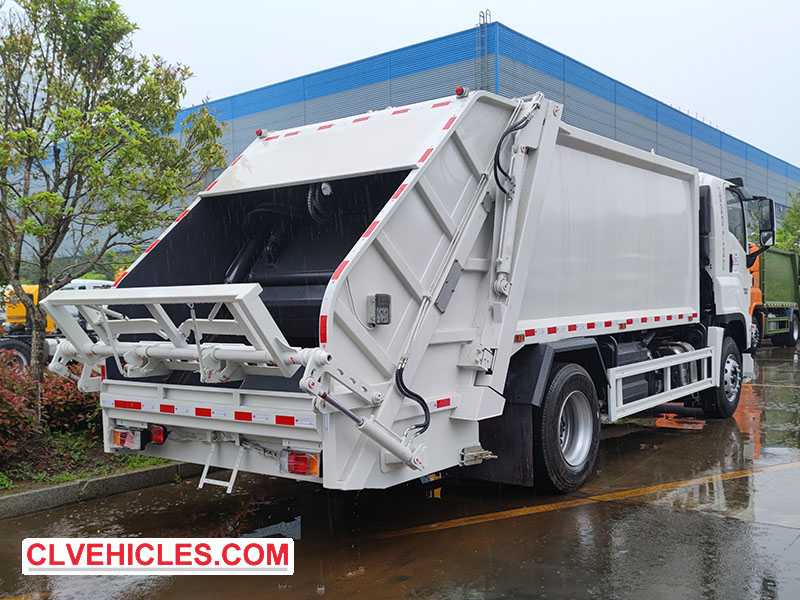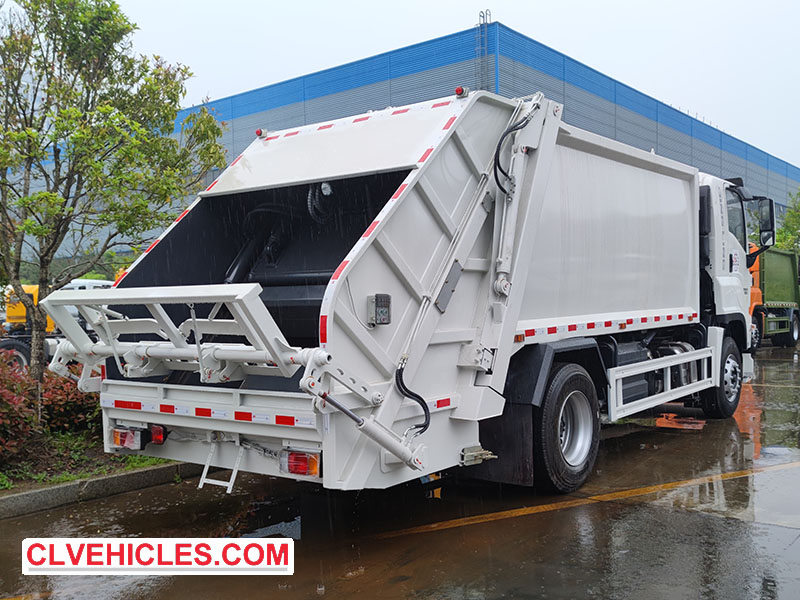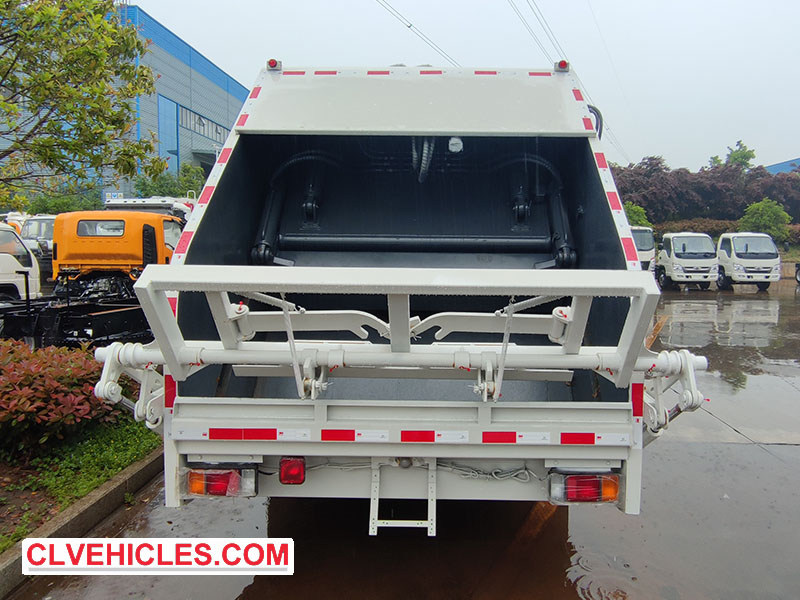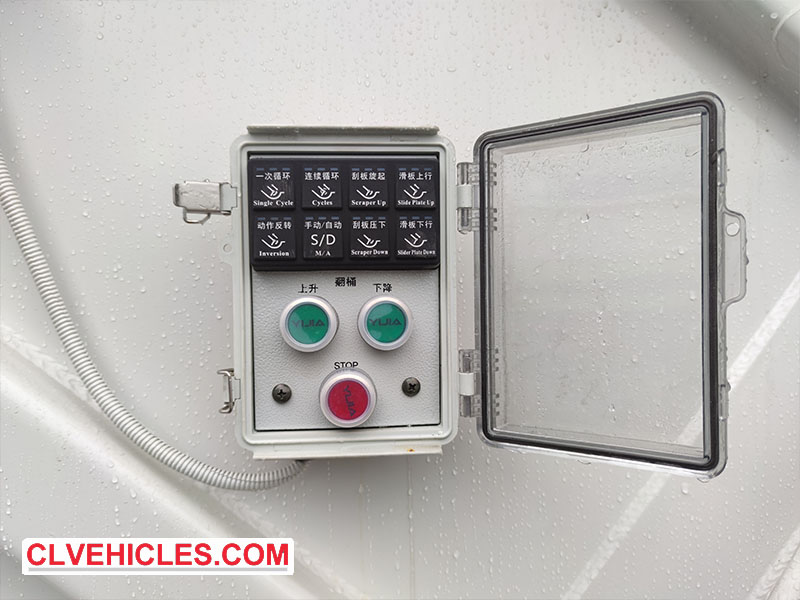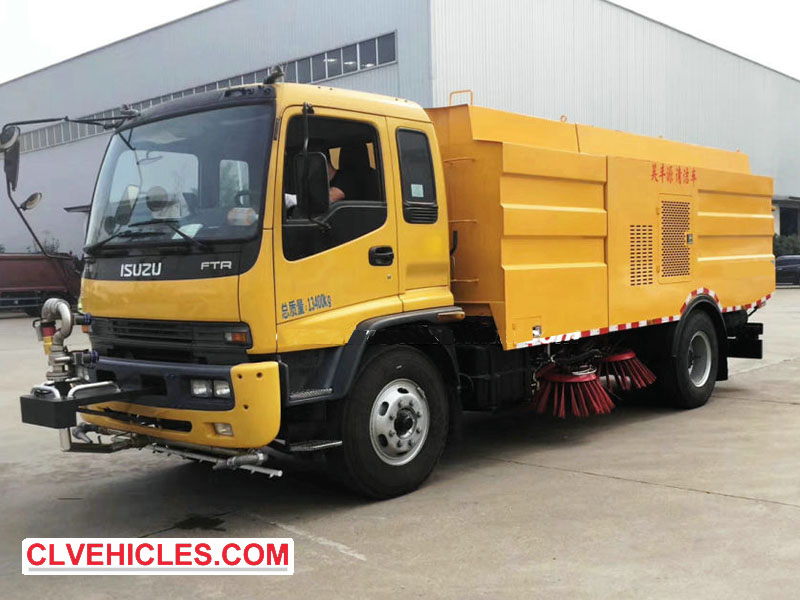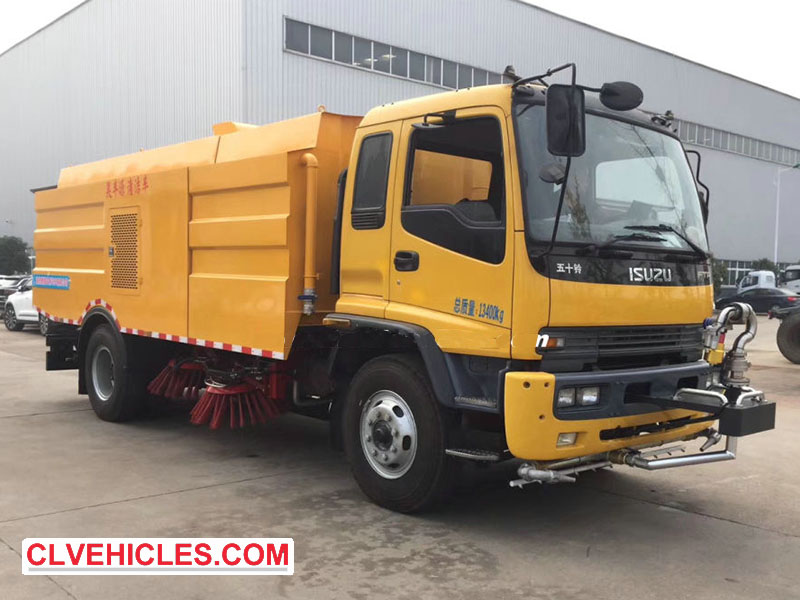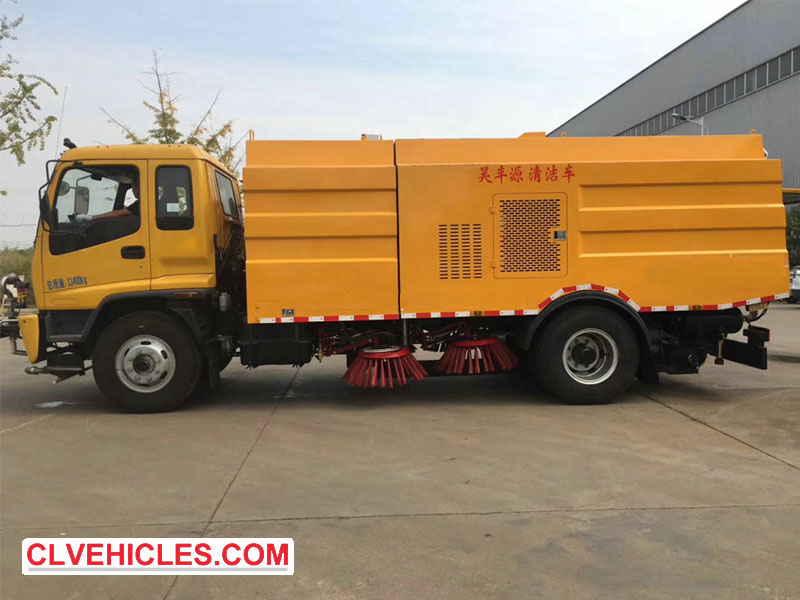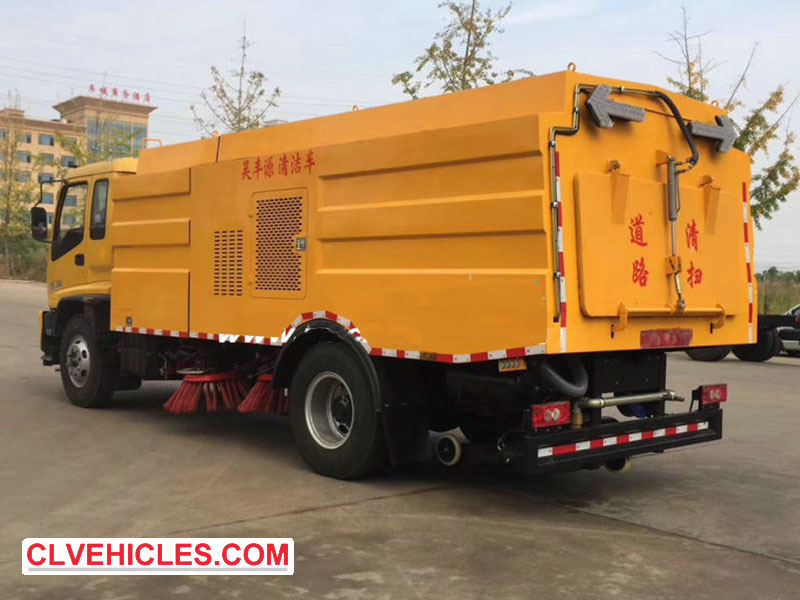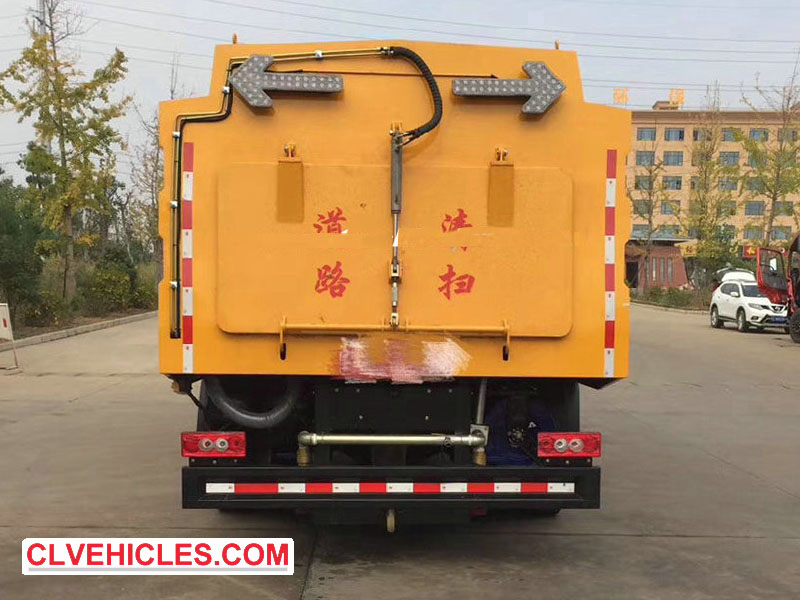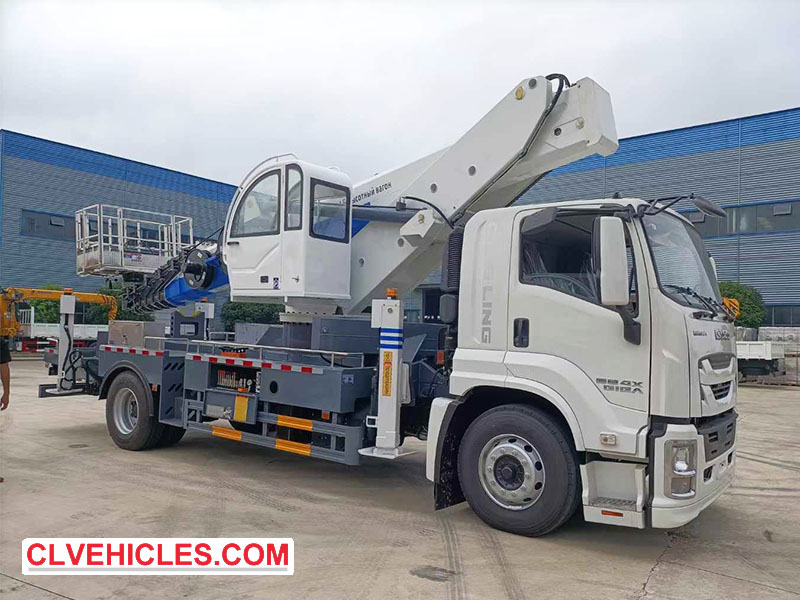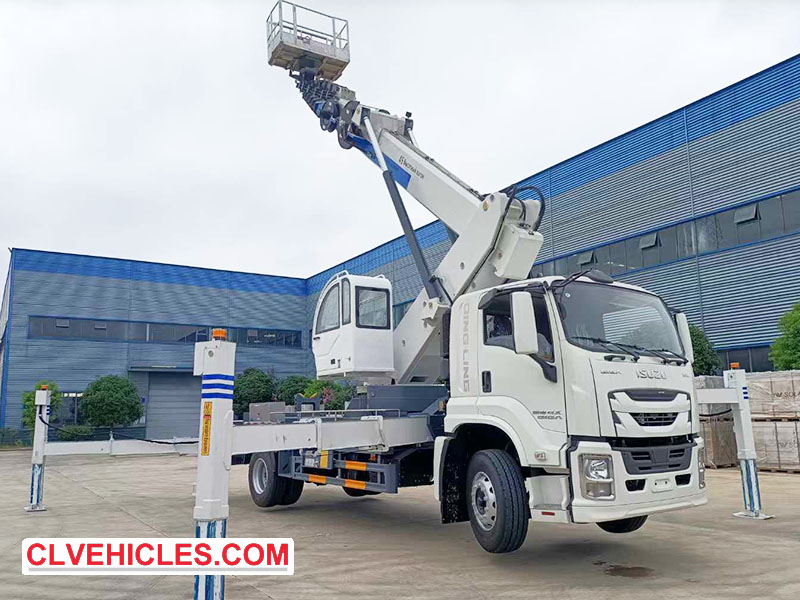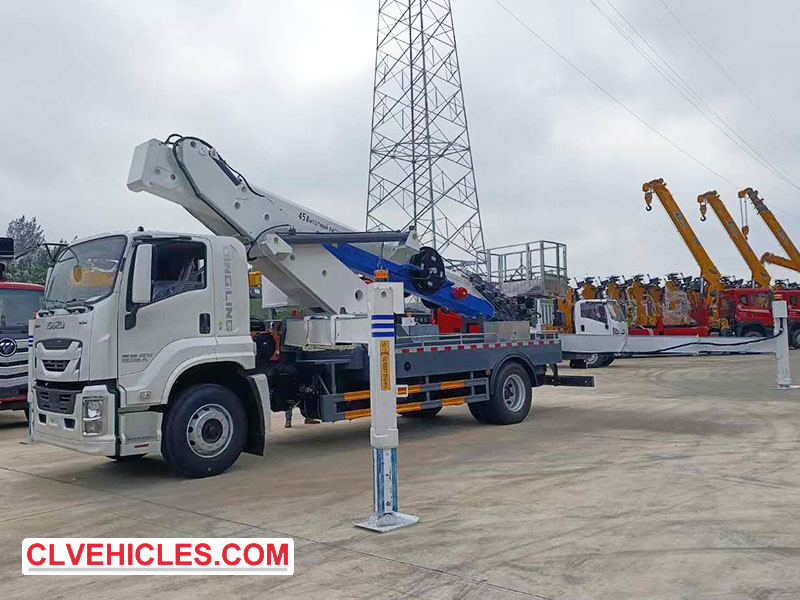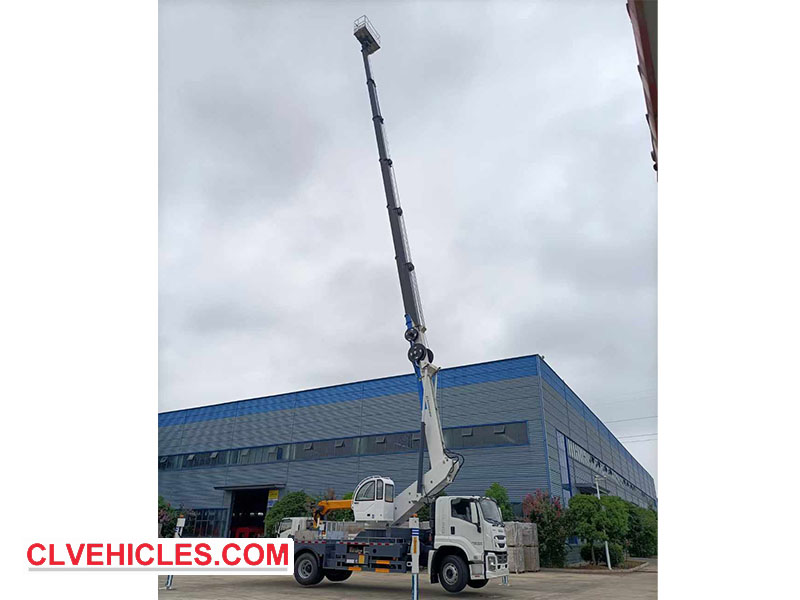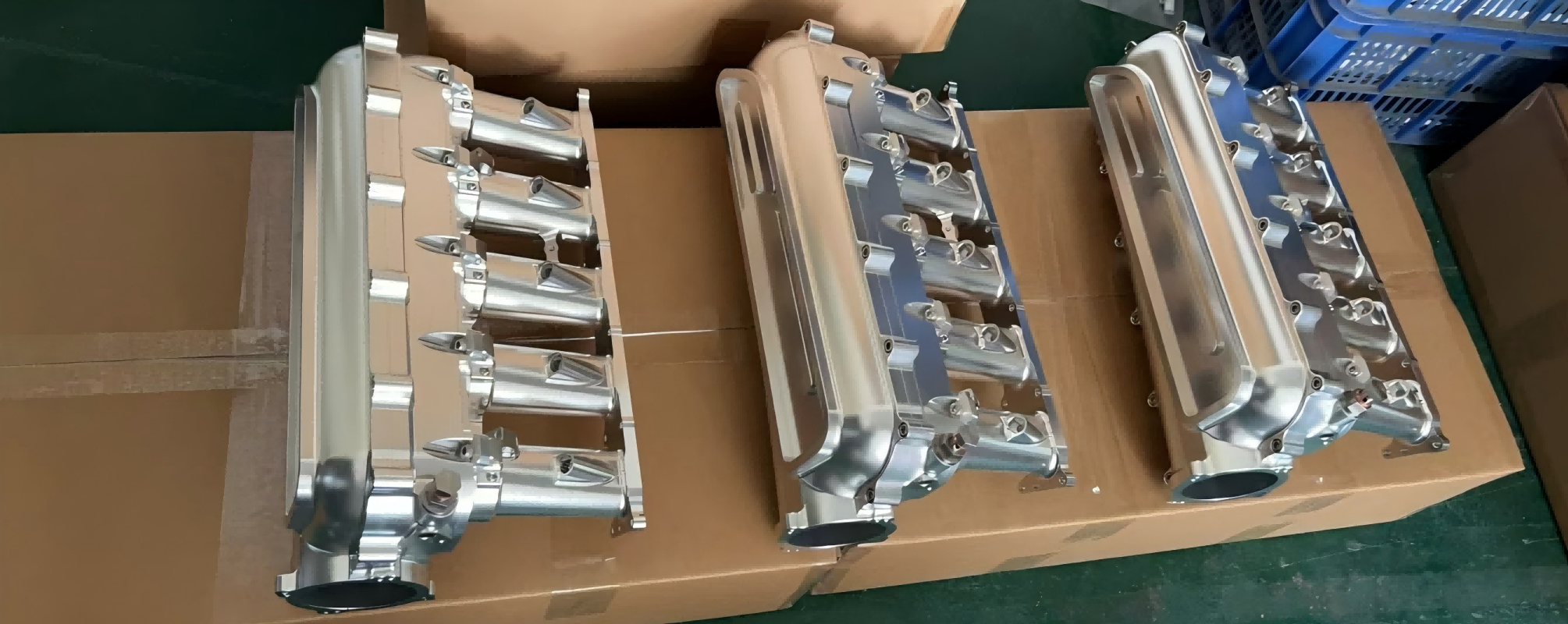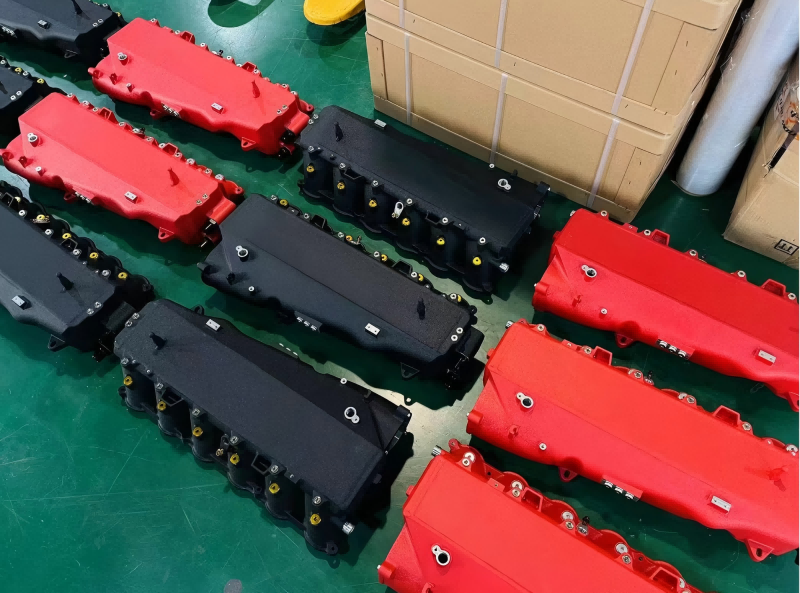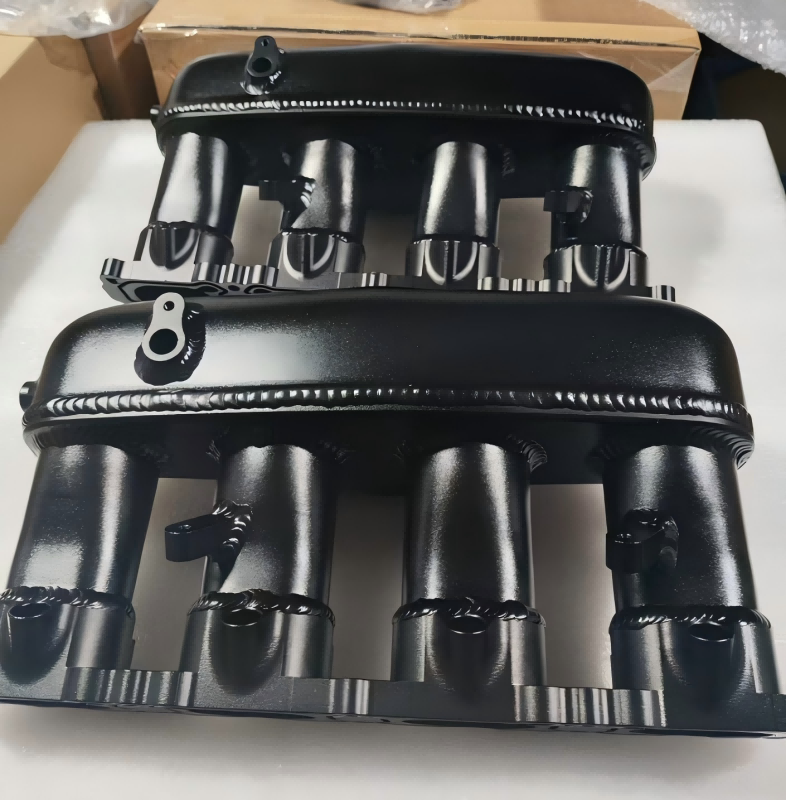Proper maintenance of ISUZU garbage trucks is essential to ensure operating efficiency, extend service life, and avoid costly breakdowns. This guide details the maintenance requirements for the six key systems of garbage trucks.
1. Cooling System Maintenance
Service Interval: Every 6-8 months, or immediately if overheating/leaking occurs
Main Maintenance Tasks:
- Flush and replace coolant to prevent corrosion
- Check radiator, hoses and water pump for leaks
- Check thermostat operation and fan belt tension
- Clean radiator fins of debris and dirt accumulation
Warning Signs:
- High engine temperature gauge reading
- Visible coolant leak under the vehicle
- Discolored or contaminated coolant
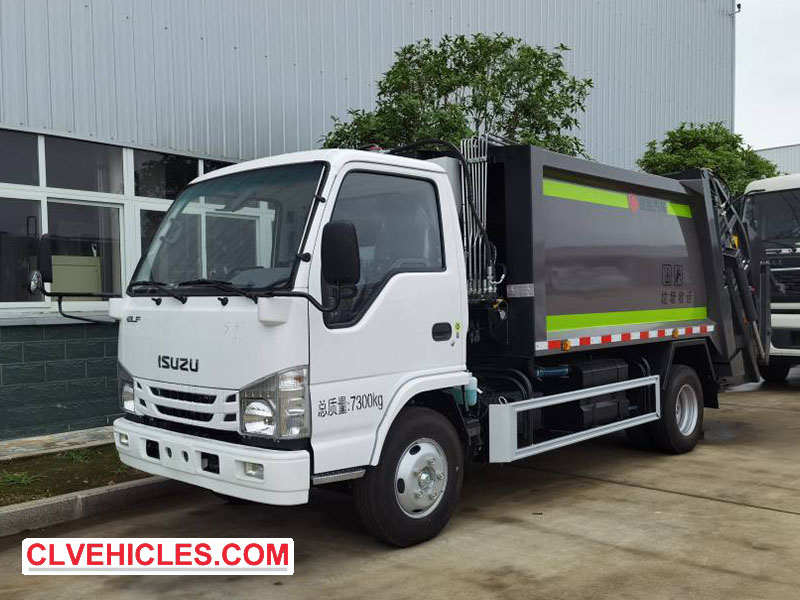
2. Transmission System Maintenance
Service Interval: Every 800-1,000 km or when symptoms occur
Basic Procedure:
- Drain and replace transmission oil
- Clean transmission oil pan and replace filter
- Check seals and gaskets for leaks
- Check shift linkage for proper adjustment
Troubleshooting Indicators:
- Slipping during acceleration
- Delayed or rough shifting
- Transmission oil leaking
- Abnormal whining or grinding noise
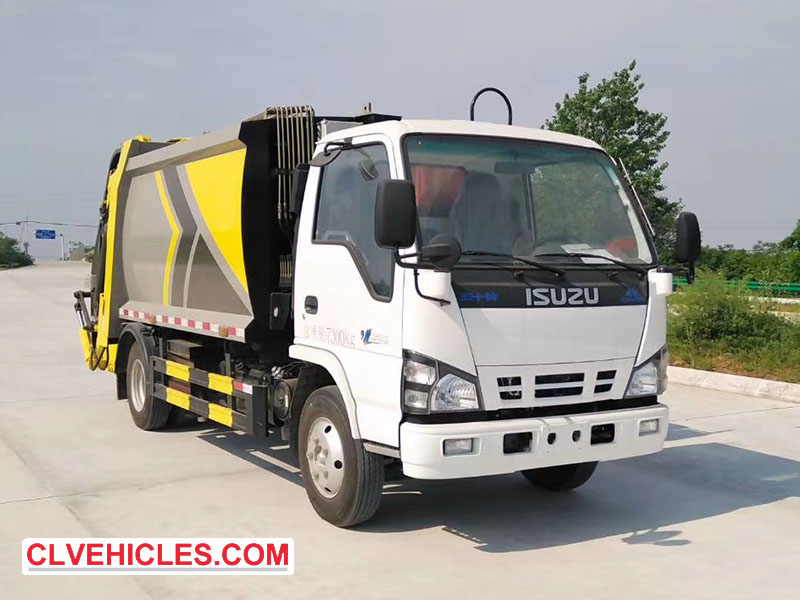
3. Brake system inspection
Maintenance interval: every 800 km
Key maintenance:
- Flush and replace brake fluid
- Check brake pads/shoes and rotors/drums
- Check brake lines for leaks or damage
- Test parking brake function
- Lubricate caliper slide pins
Safety warning signs:
- Brake pedal is too soft or spongy
- Vehicle pulls to one side when braking
- Grinding or squealing noise
- Brake warning light comes on
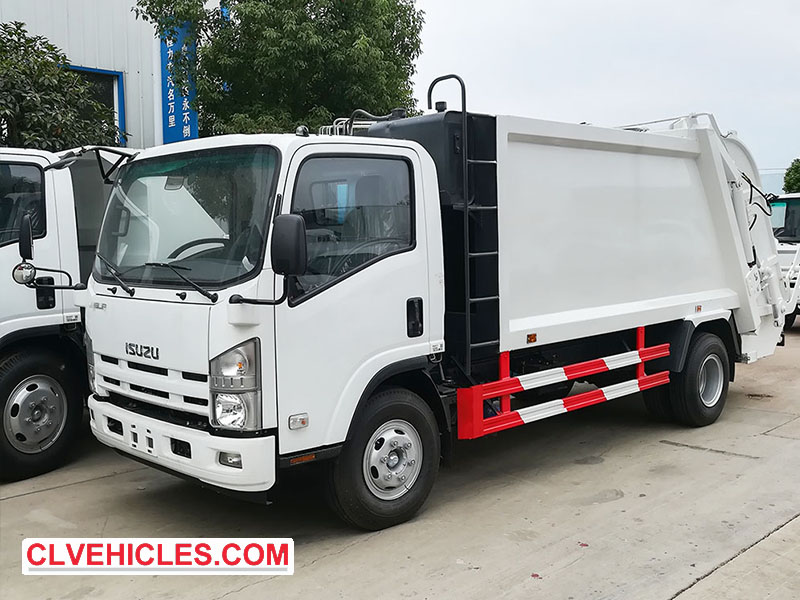
4. Lubrication system maintenance
Maintenance interval: every 5,000-10,000 km or when a problem occurs
Maintenance requirements:
- Replace engine oil and oil filter
- Clean oil pan and filter
- Check for oil leaks
- Check oil pressure
Performance indicators:
- Increased engine noise
- Reduced power output
- Increased operating temperature
- Oil pressure warning light comes on
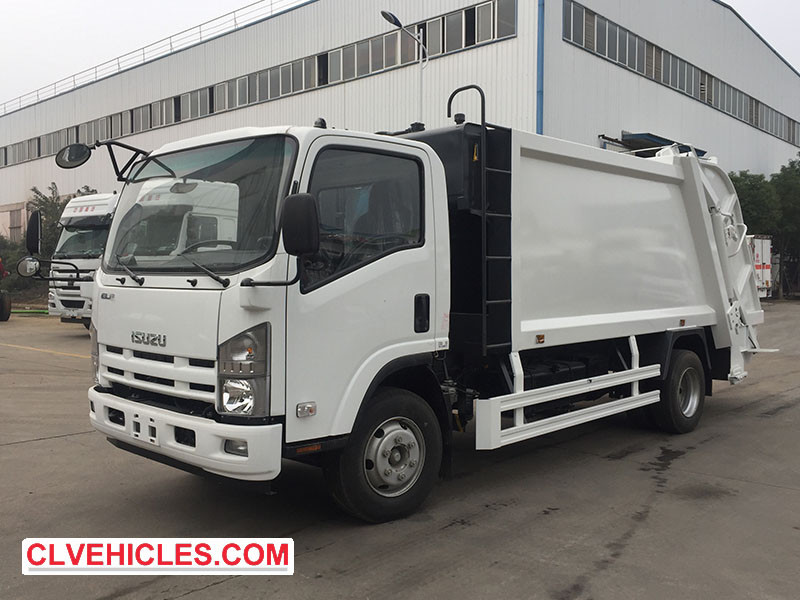
5. Fuel system cleaning
Maintenance interval: 800-1,000 km
Maintenance procedures:
- Replace fuel filter
- Clean fuel injectors
- Check fuel lines and connections
- Check fuel pump operation
- Remove carbon deposits from combustion chambers
Symptoms to watch out for:
- Rough idle or engine vibration
- Poor acceleration
- Reduced fuel efficiency
- Difficult starting
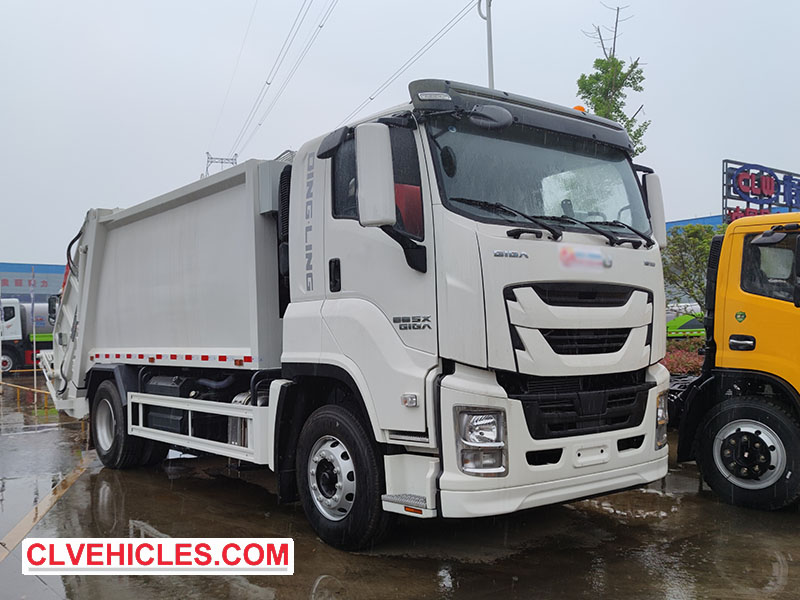
6. Power steering system
Maintenance interval: 1,000-2,000 km
Maintenance checklist:
- Flush and replace power steering fluid
- Check hoses and connections for leaks
- Check condition of steering gear and pump
- Lubricate steering linkage
Problem indicators:
- Steering fluid leaks
- Whining noise when steering
- Stiff or unresponsive steering
- Foaming or discolored steering fluid

By following this comprehensive maintenance plan, you can ensure your junk truck is running at peak performance while minimizing unexpected repairs and downtime. Always consult your vehicle's specific maintenance manual for the manufacturer's recommended procedures and intervals.





